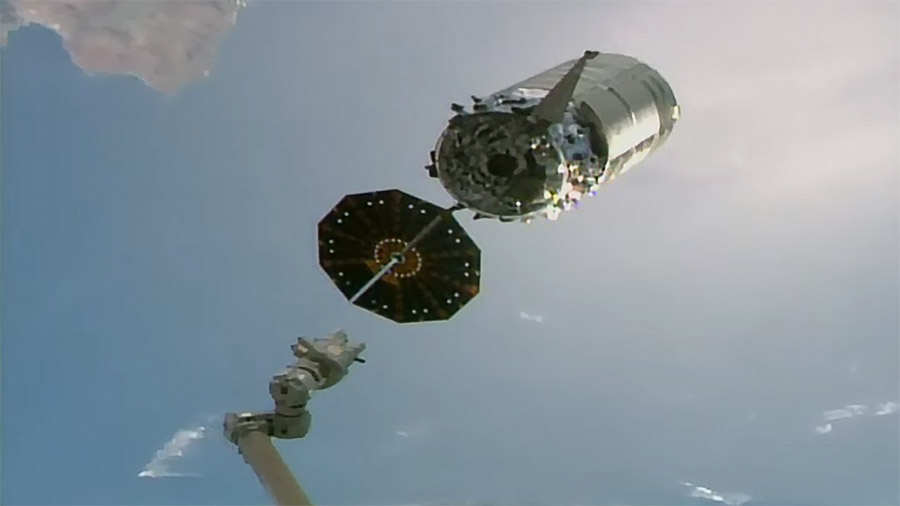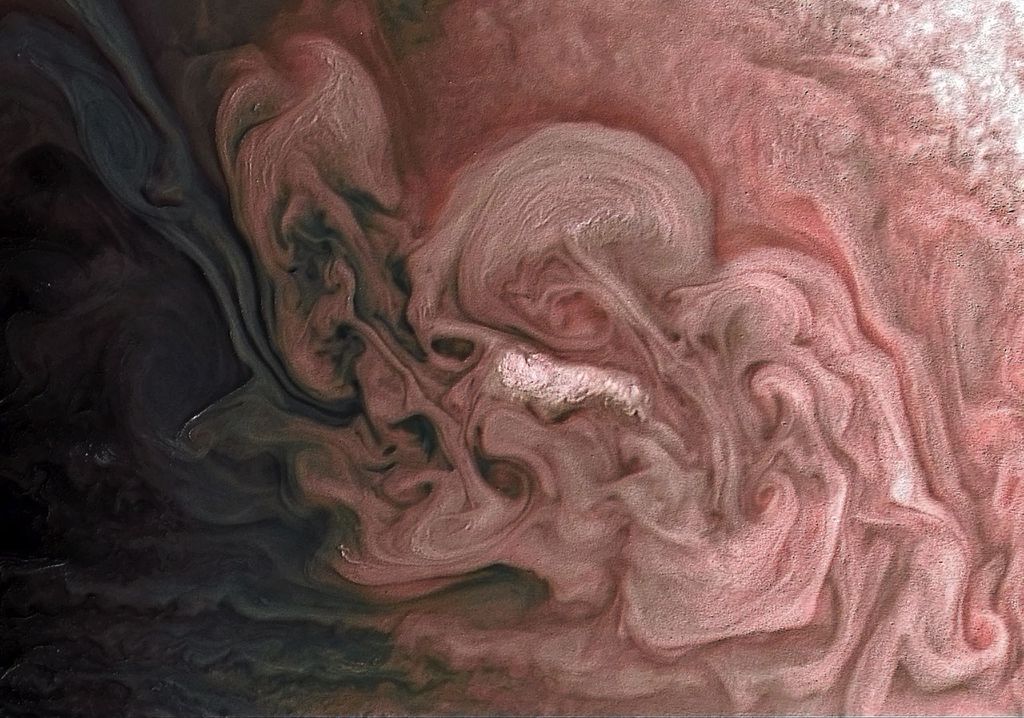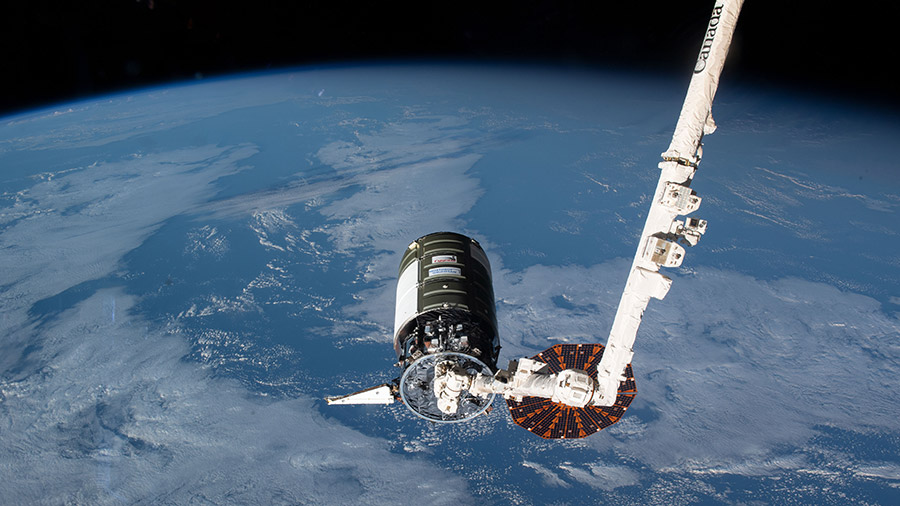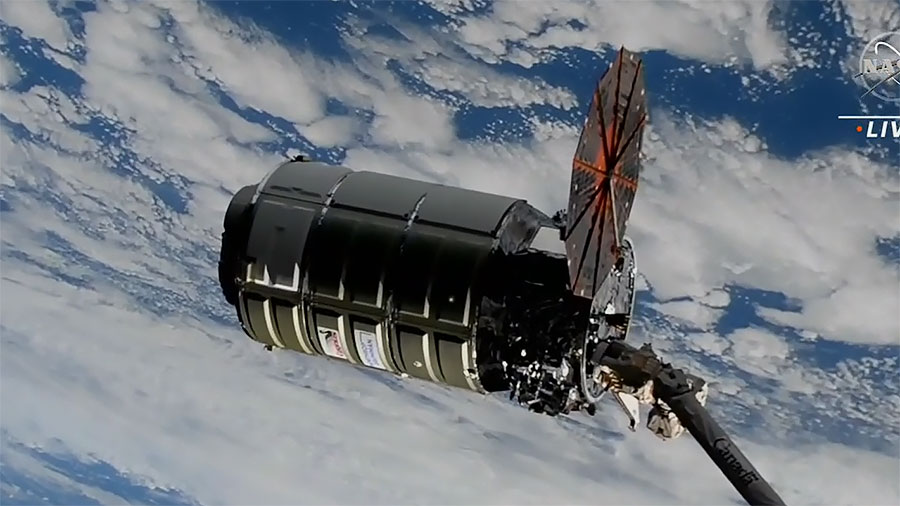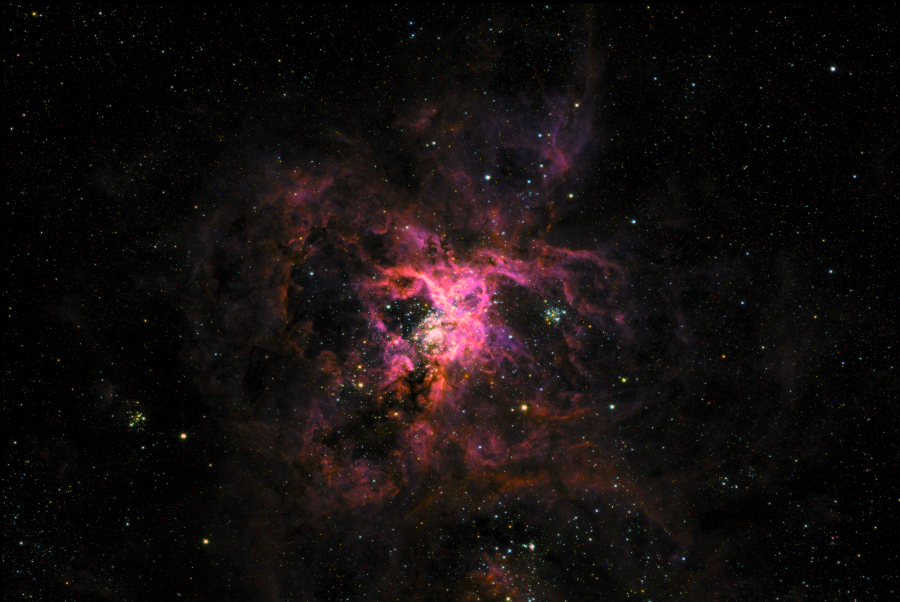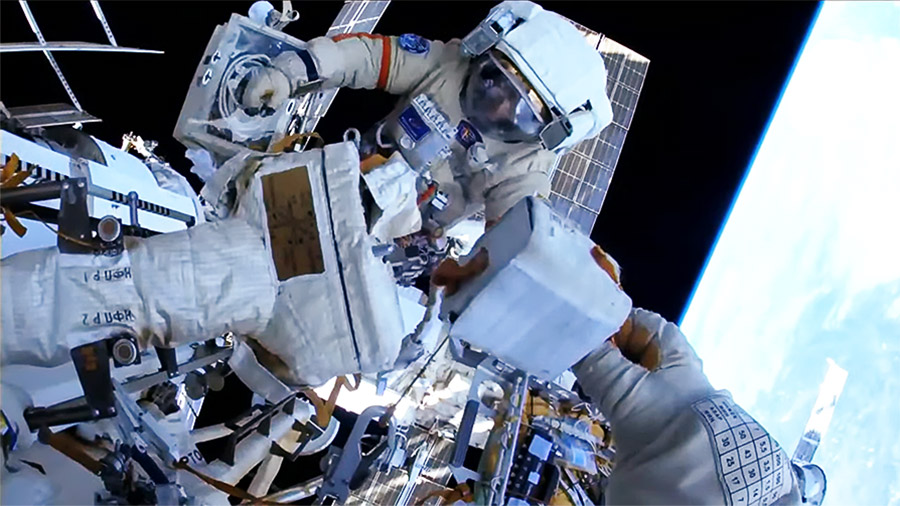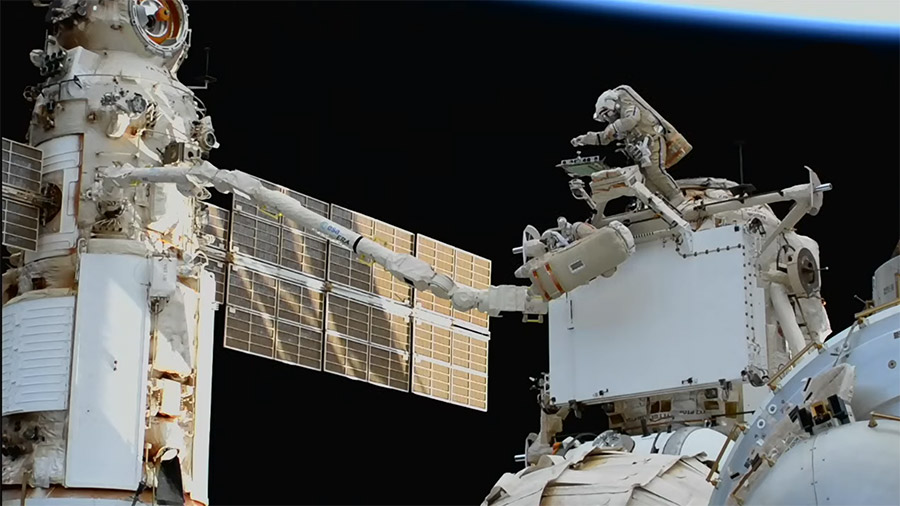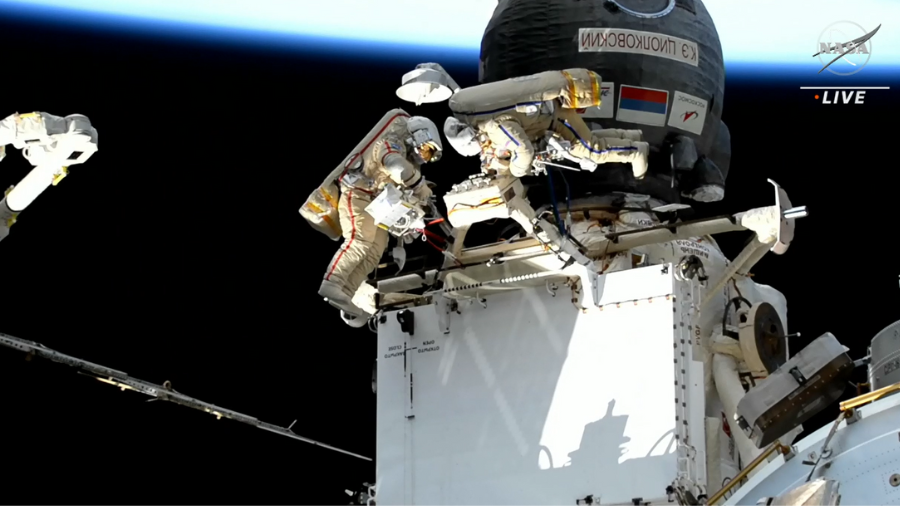At 7:22 a.m. EDT, Northrop Grumman Cygnus spacecraft was released from the Canadarm2 robotic arm which earlier detached Cygnus from the Earth-facing port of the International Space Station’s Unity module. At the time of release, the station was flying southwest of Ireland. The Cygnus spacecraft successfully departed the space station more than five months after …
Robotic Arm Releases Cygnus Space Freighter from Station
